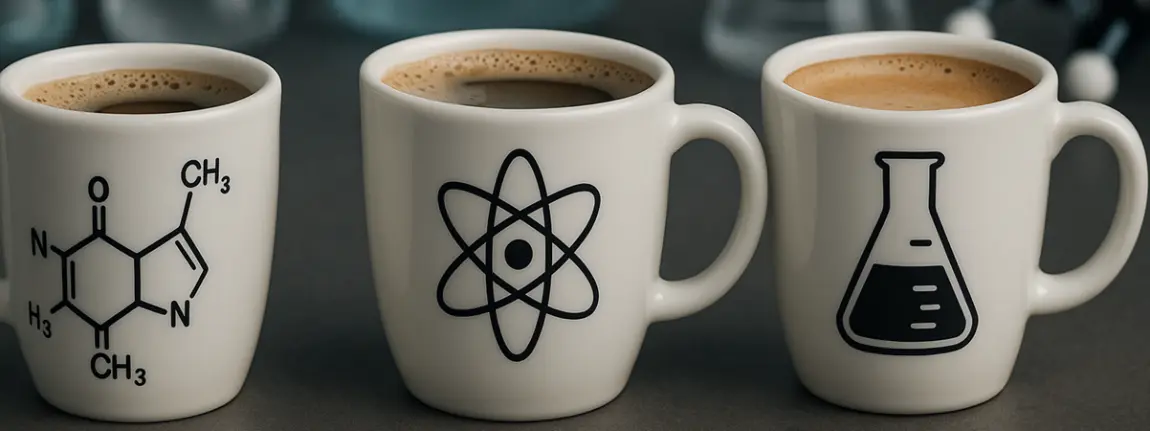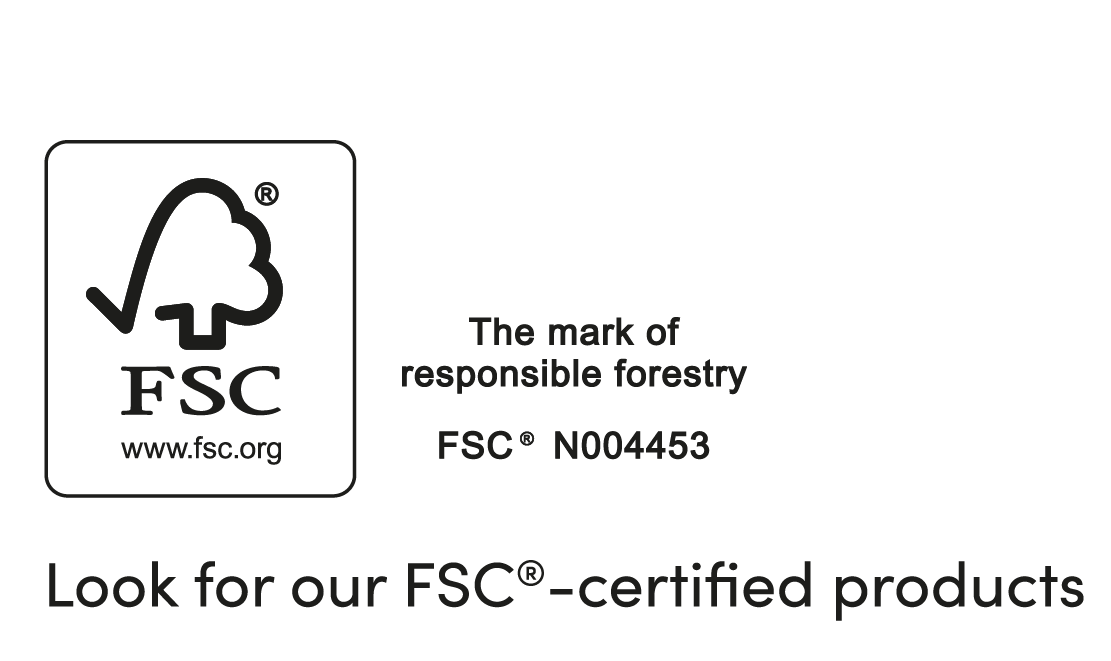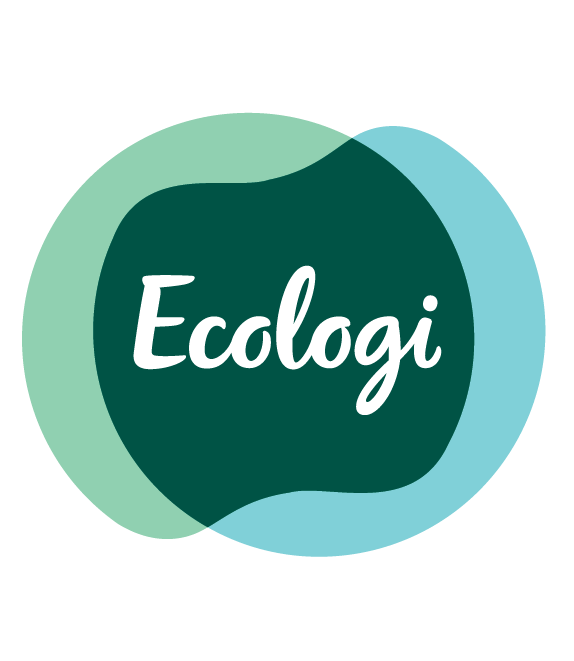We Tested Coffee Cups So You Don't Have T0
If you think Premier sit around all day, then you’d be wrong, sometimes you could even call us scientists.
We took it upon ourselves to put the Foamo to the test and see just how well it competed against the two next closest competitors in an everyday environment. And what better way to write it up than as if it was an old high school Practical report (but with a Premier Twist)
When it comes to coffee cups, only two things truly matter:
- How well it keeps your drink hot (nobody likes lukewarm disappointment)
- How well it insulates heat (so you don’t accidentally cook your fingertips)
Aim
To investigate the effectiveness of different coffee cups in insulating heat and retaining the temperature of a liquid.
Equipment
- Coffee cups (3 types)
- Thermometer rod
- Laser thermometer
- Hot water (Kettle)
- Timer
Method (internal water temp)
- Preparation of Experimental Setup: A standardized volume of boiling water is carefully measured and poured into each of the three coffee cups to ensure consistency across test subjects.
- Initial Temperature Recording: The water temperature is immediately measured and recorded using a laboratory thermometer.
- Thermal Decay Observation: The cups are left undisturbed in a controlled ambient environment.
- Time-Stamped Measurements: Water temperature is recorded at the following intervals: 1, 2, 3, 4, 5, 7, 10, 15, 20, 25, 30, 45, and 60 minutes.
- Comparative Analysis: The rate of temperature loss across the different coffee cups is evaluated to determine heat retention efficiency.
Method (Outer wall of Coffee Cup temp)
- Initial Setup: The same standardized volume of boiling water is introduced into each coffee cup again.
- Baseline Measurement: Using a laser thermometer, the exterior surface temperature of each coffee cup is measured and documented.
- Observation Period: The cups are left undisturbed at room temperature to assess thermal insulation properties.
- Data Collection: External surface temperatures are recorded at 1, 2, 3, 4, 5, 7, 10, 15, 20, 25, 30, 45, and 60 minutes.
- Final Analysis: The insulation performance of each cup is compared based on the rate at which the external surface temperature changes.
Results
Observations
- The temperature of the water decreased over time in all cups.
- Some cups fought the good fight longer than others. However, the Foamo was the best at retaining the water temp for the longest.
- Coffee Cup 2 was the best at insulating the heat of the water.
In all experiments you have to be fair, science does not LIE. But wat these experiments do not show is the facts about the Foamo. So, yes, the experiment shows how the Foamo was not the best at insulating the heat, but it doesn’t show that the Foamo is a single walled coffee cup, unlike its 2 rivals who are double walled coffee cups. What this means is that you’re getting a 3rd more volume of liquid with the slight trade off that your hands are going to be a bit toastier, But who likes cold hands anyway?
Not only that but the Foamo is up to 50% lighter than its nearest competitors, yet its competing in the big leagues for temperature retention! The credit comes down to its innovative foaming technology which traps air in tiny pockets inside the cup, to help keep your choice of liquid just that extra bit hotter. This patented Foaming technology reduces virgin materials by 85%, optimizing resource efficiency without compromising quality or performance.
We are not biased but we have to look at the facts, Foamo is the MOST sustainable coffee cup. Period. So next time you think about having a coffee, sip sustainably with Foamo and help build a bigger brighter future.








